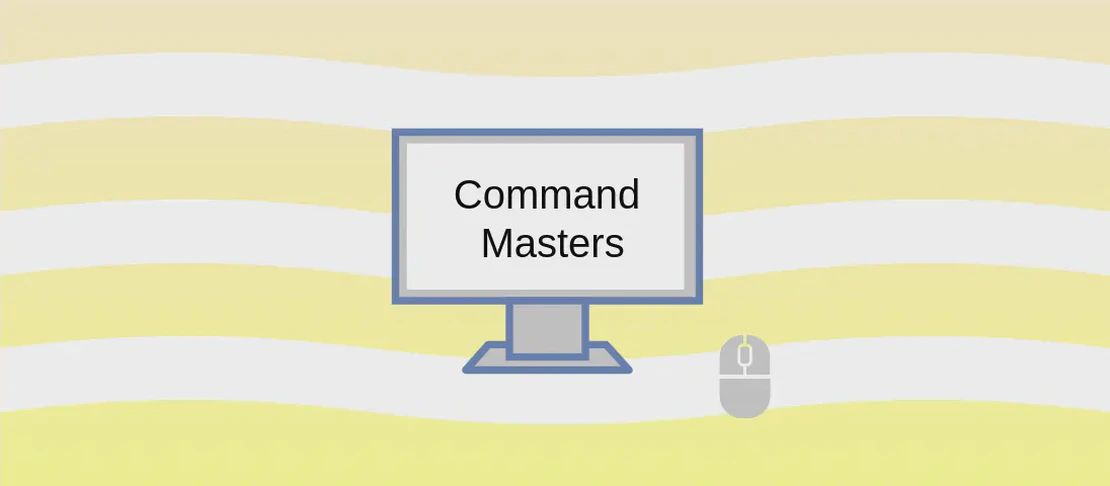
Managing Git Ignore Files with `git ignore` (with examples)
In the world of version control, managing which files and directories should be tracked or ignored by Git is an essential task. The command git ignore is part of the git-extras suite and provides a streamlined way to work with .gitignore files, allowing developers to efficiently manage their ignore patterns both locally and globally. This command simplifies the interaction with .gitignore files by providing a user-friendly interface to view and update them, helping developers focus on what truly matters in their projects without cluttering their repositories with unnecessary files.
Use case 1: Show the content of all global and local .gitignore files
Code:
git ignore
Motivation:
Understanding what files and patterns are currently being ignored is fundamental to ensure that your project repository remains clean and efficient. Whether you’re troubleshooting why a file isn’t being tracked or you want to verify your ignore patterns, being able to quickly view all gitignore settings across different scopes (global and local) empowers developers to maintain control over their version control environment.
Explanation:
git ignore: This command without any additional arguments consolidates and displays the content of both global and local.gitignorefiles. The local.gitignoretypically resides in the root of the repository and specifies ignore patterns specific to the project. The global.gitignorepertains to broader configurations set across all repositories on a developer’s system.
Example Output:
# Local .gitignore content:
node_modules/
.DS_Store
*.log
# Global .gitignore content:
*.bak
*.tmp
Use case 2: Ignore file(s) privately, updating .git/info/exclude file
Code:
git ignore file_pattern --private
Motivation:
In scenarios where you wish to ignore certain files or directories without affecting the repository’s shared .gitignore file, the private exclude list comes into play. This option is particularly useful for developers who have local-only files, such as IDE-specific configurations, that should remain separate from the team’s shared configurations to avoid unintentional clutter or conflicts.
Explanation:
file_pattern: This argument specifies the pattern of the files you want to ignore. It can be a specific filename or a wildcard pattern.--private: This flag directs the command to update the.git/info/excludefile instead of the project’s.gitignore. The.git/info/excludeacts as a personal ignore file that is not tracked by Git.
Example Output:
Added file_pattern to .git/info/exclude
Use case 3: Ignore file(s) locally, updating local .gitignore file
Code:
git ignore file_pattern
Motivation:
Adding file patterns to the local .gitignore file is necessary when your project requires certain files to be ignored across the development team. This ensures consistency in what files are tracked in the repository and can help streamline workflows by preventing unnecessary files from being included in version control.
Explanation:
file_pattern: Again, this represents the specific files or patterns you want to automatically ignore in your project. This command modifies the project’s.gitignorefile, applying the ignore rules only to the current repository.
Example Output:
Added file_pattern to .gitignore
Use case 4: Ignore file(s) globally, updating global .gitignore file
Code:
git ignore file_pattern --global
Motivation:
A global .gitignore file allows developers to define rules that apply to all repositories on their system. This is ideal for excluding temporary files created by the operating system, commonly generated files by tools, or personal files that should never be committed, neutralizing the need to repeat these rules in every project-specific .gitignore file.
Explanation:
file_pattern: This term is used to specify the type of files you intend to exclude globally, such as temporary files from editors or operating systems.--global: This option tells the command to apply the ignore rule to your global Git configuration, affecting all repositories managed by your Git installation.
Example Output:
Added file_pattern to global .gitignore
Conclusion:
The git ignore command from git-extras offers a robust set of functionalities for managing ignored files in Git. By allowing developers to easily view and modify .gitignore files at both local and global levels, this command provides a practical and efficient means of ensuring that only the pertinent files are committed to the repository. These capabilities are indispensable for developers seeking to maintain clean, efficient, and well-organized repositories, thereby enhancing the overall development process.

